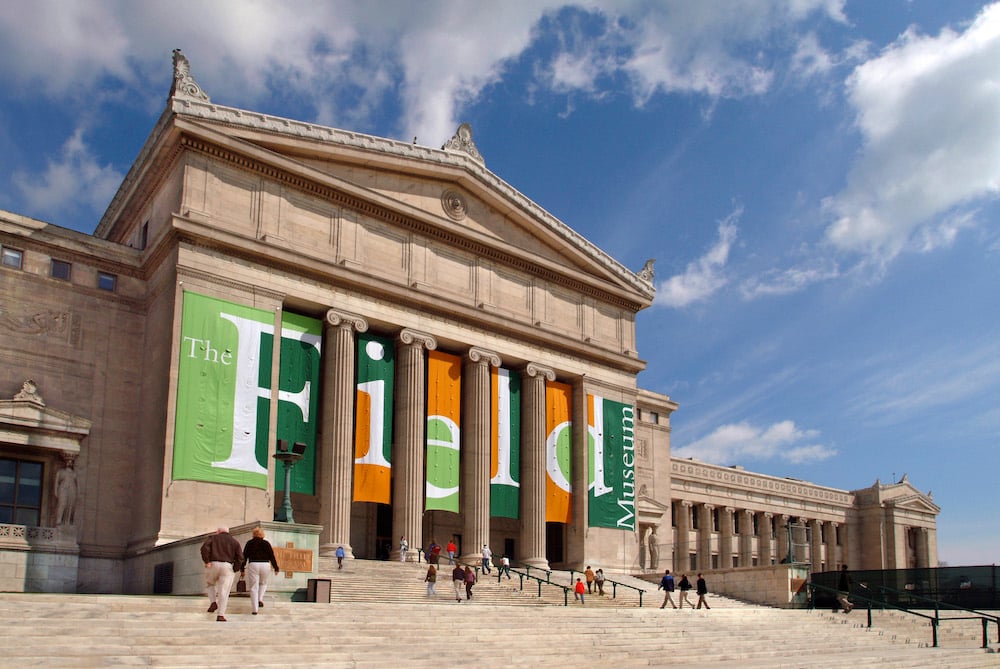Museums & Institutions
Chicago’s Field Museum Responds to New U.S. Regulations on the Display of Native American Artifacts
Under federal regulations, museums must now receive consent to display items belonging to American Indians.

Under federal regulations, museums must now receive consent to display items belonging to American Indians.

Adam Schrader

The Field Museum in Chicago has covered several displays of Native American artifacts in response to new regulations that went into effect January 12.
The Native American Graves Protection and Repatriation Act (NAGPRA), signed into law in 1990 by Republican President George H.W. Bush, has been updated to now require cultural institutions to receive consent from lineal descendants and the affiliated tribes or native Hawaiian groups for the display of human remains and other sacred or historically significant items.
The Field Museum appears to be the first to publicly acknowledge its compliance with the new regulations, revealing in a statement that some displays in the Robert R. McCormick Halls of the Ancient Americas and the Alsdorf Hall of Northwest Coast and Arctic Peoples had been covered.
“Pending consultation with the represented communities, we have covered all cases that we believe contain cultural items that could be subject to these regulations,” the museum’s statement read. “The Field Museum does not have any Native American human remains on display.”
The Peabody Museum of Archaeology and Ethnology at Harvard University has not yet announced how it has prepared for or will respond to the new regulations. But the museum’s website indicates its exhibitions will be closed on a rotating basis through early February, including multiple shows on American Indians.
Artnet News has reached out to the American Museum of Natural History and the National Museum of the American Indian, two other major museums that display such artifacts, for comment on how they’re adhering to the new regulations. (The AMNH said in October that it would remove all human remains from display while the Smithsonian Institute, the operator of the NMAI, said last year that it has returned the remains of more than 5,000 Indigenous people.)
The updates to the NAGPRA regulations were made by the U.S. Department of the Interior in December after a 90-day comment period earlier in the year, in which officials heard remarks from a baker’s dozen of museums and 48 federally recognized Indian Tribes, on top of a number of other groups.
“We appreciate the difficult work and coordination the department has undertaken to make vast and meaningful changes to shift the burden of NAGPRA compliance to where it belongs—to federal agencies and museums,” one tribe said in its comments.
However, some have argued that the expanded regulations are excessive and put pressure on the autonomy museums should have in the management of their collections. Penalties for violating the regulations could include fines over $7,475.
More Trending Stories:
Art Dealers Christina and Emmanuel Di Donna on Their Special Holiday Rituals
Stefanie Heinze Paints Richly Ambiguous Worlds. Collectors Are Obsessed
Inspector Schachter Uncovers Allegations Regarding the Latest Art World Scandal—And It’s a Doozy
Archaeologists Call Foul on the Purported Discovery of a 27,000-Year-Old Pyramid
The Sprawling Legal Dispute Between Yves Bouvier and Dmitry Rybolovlev Is Finally Over